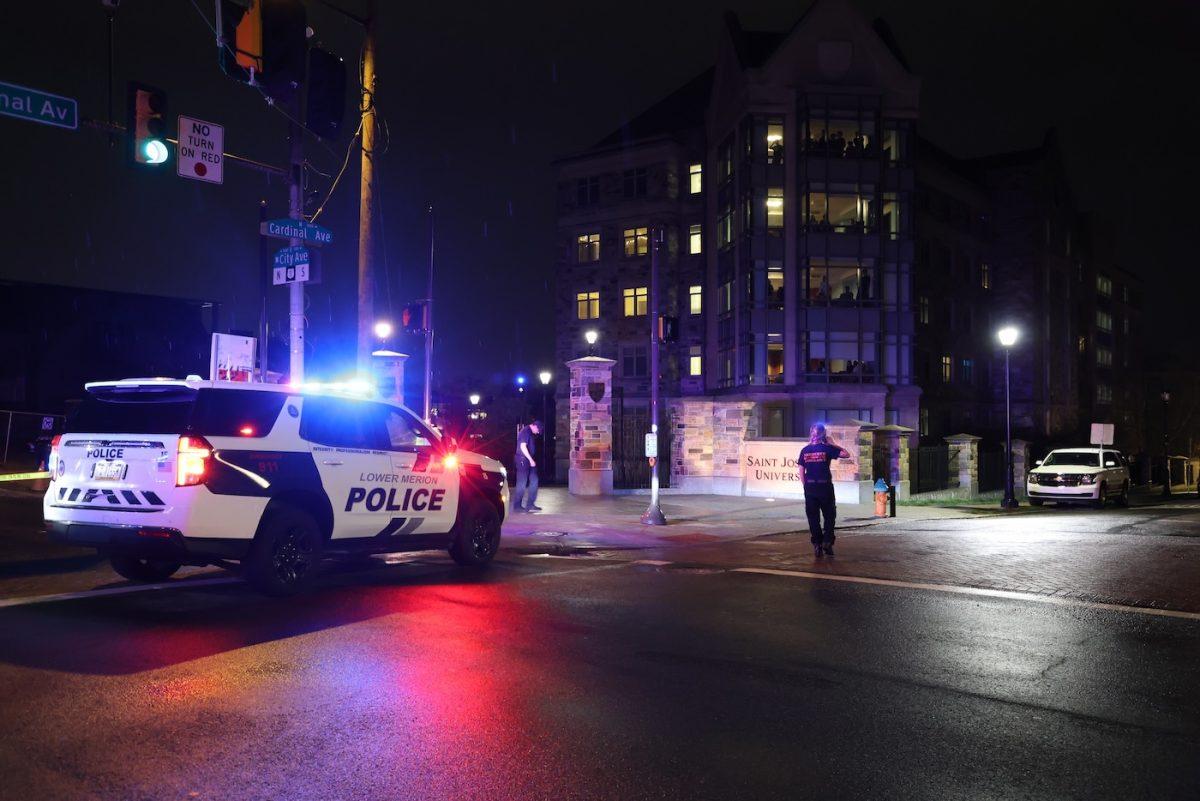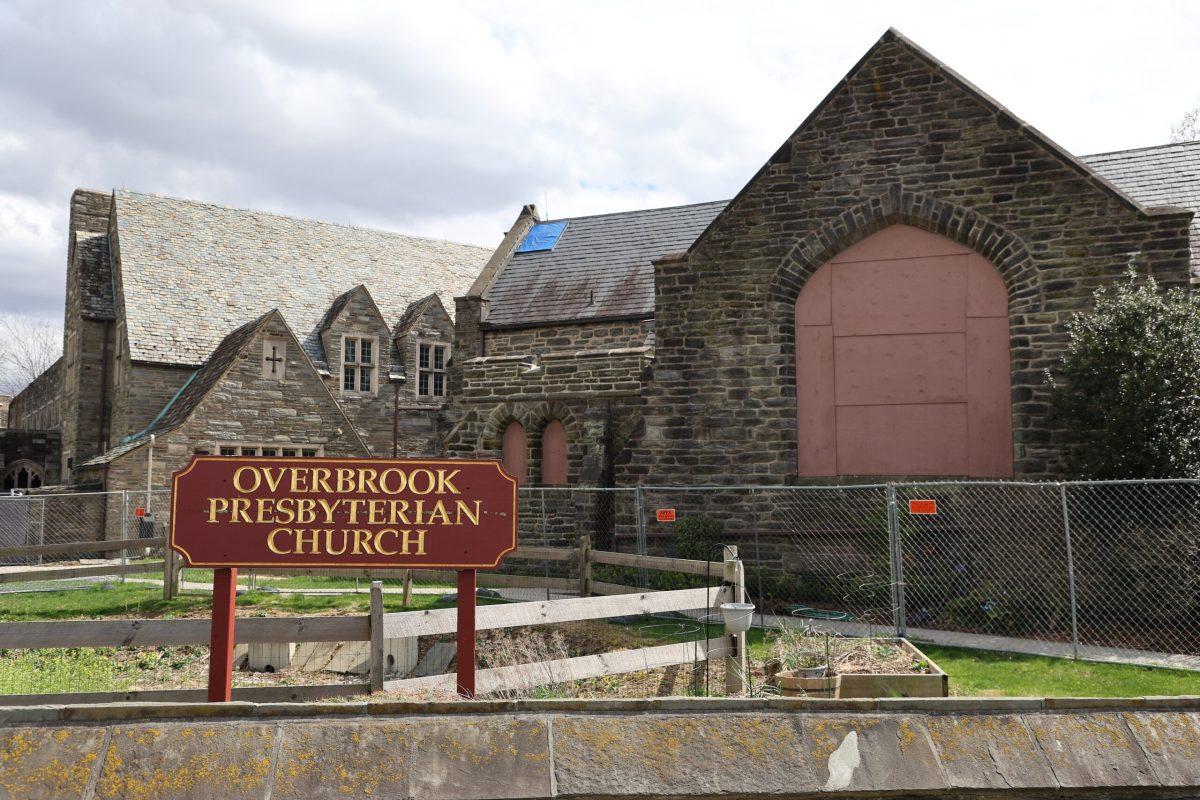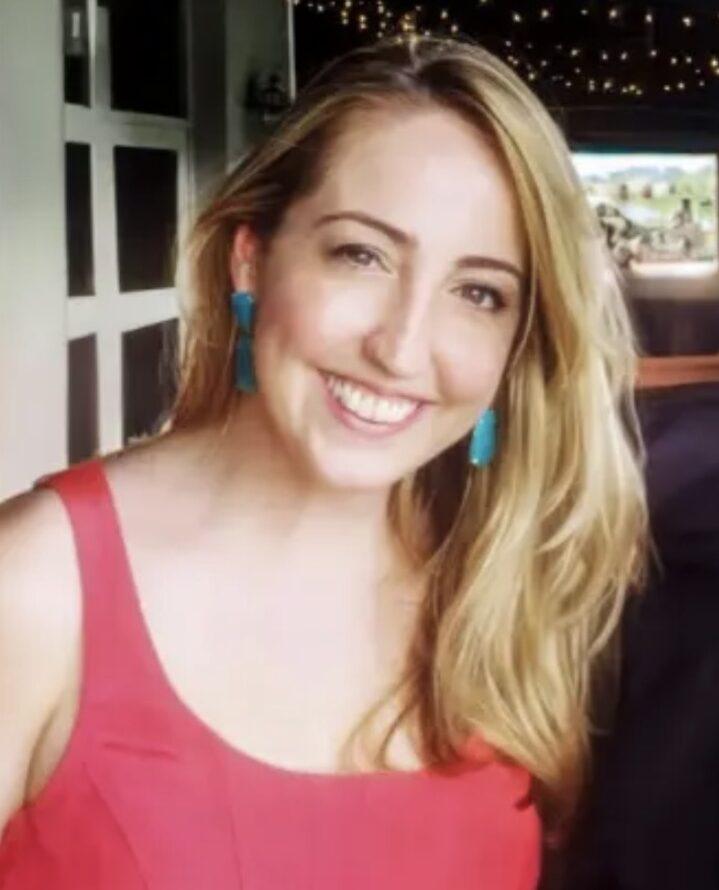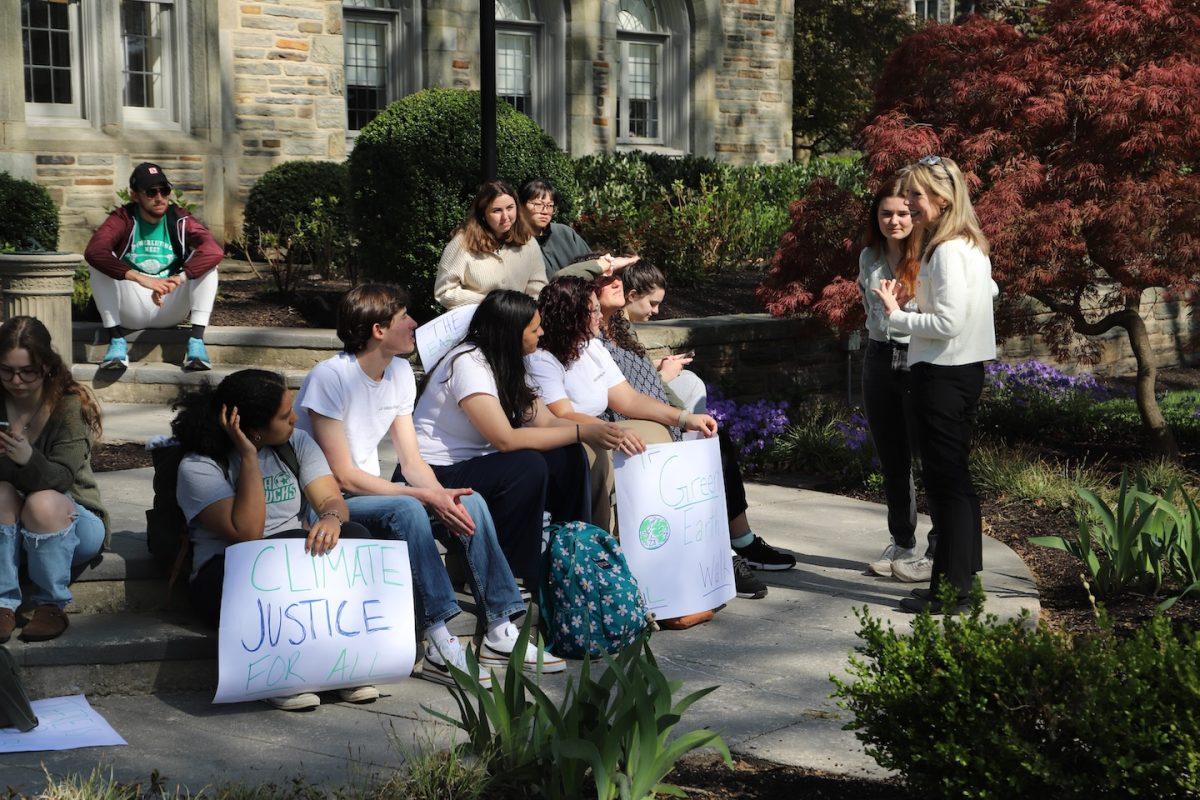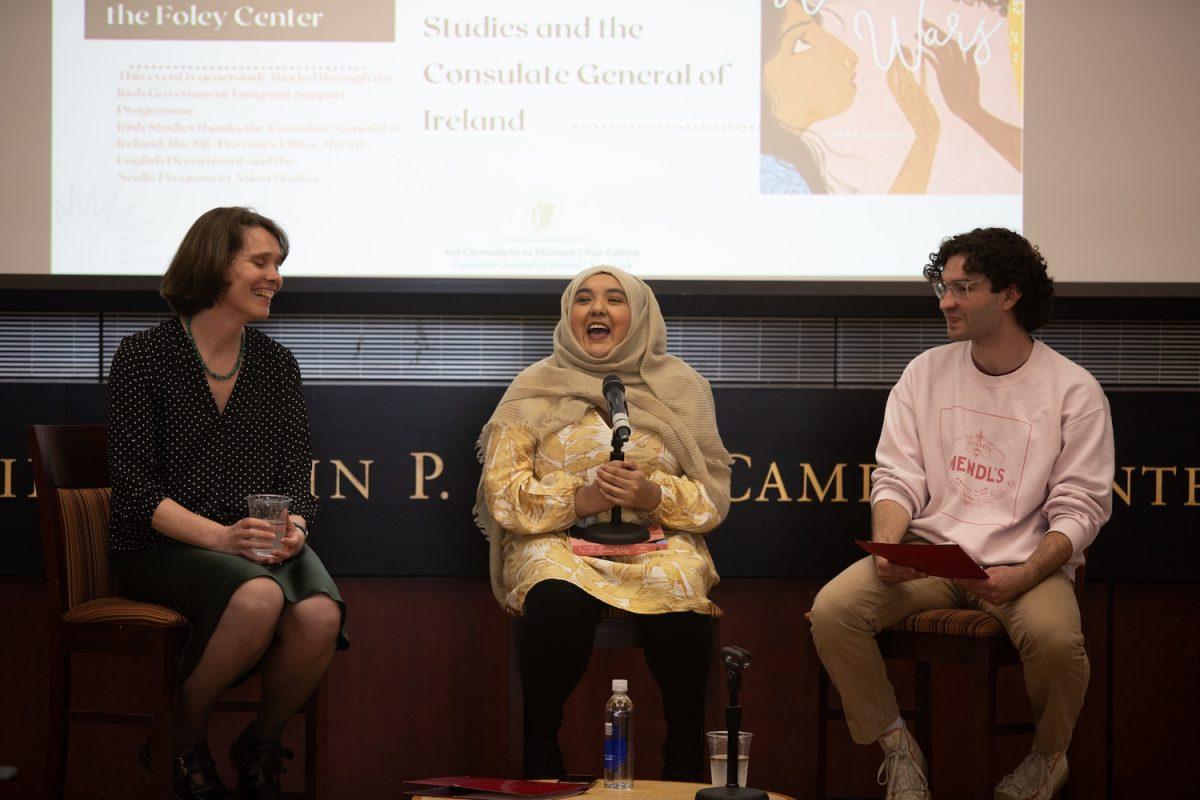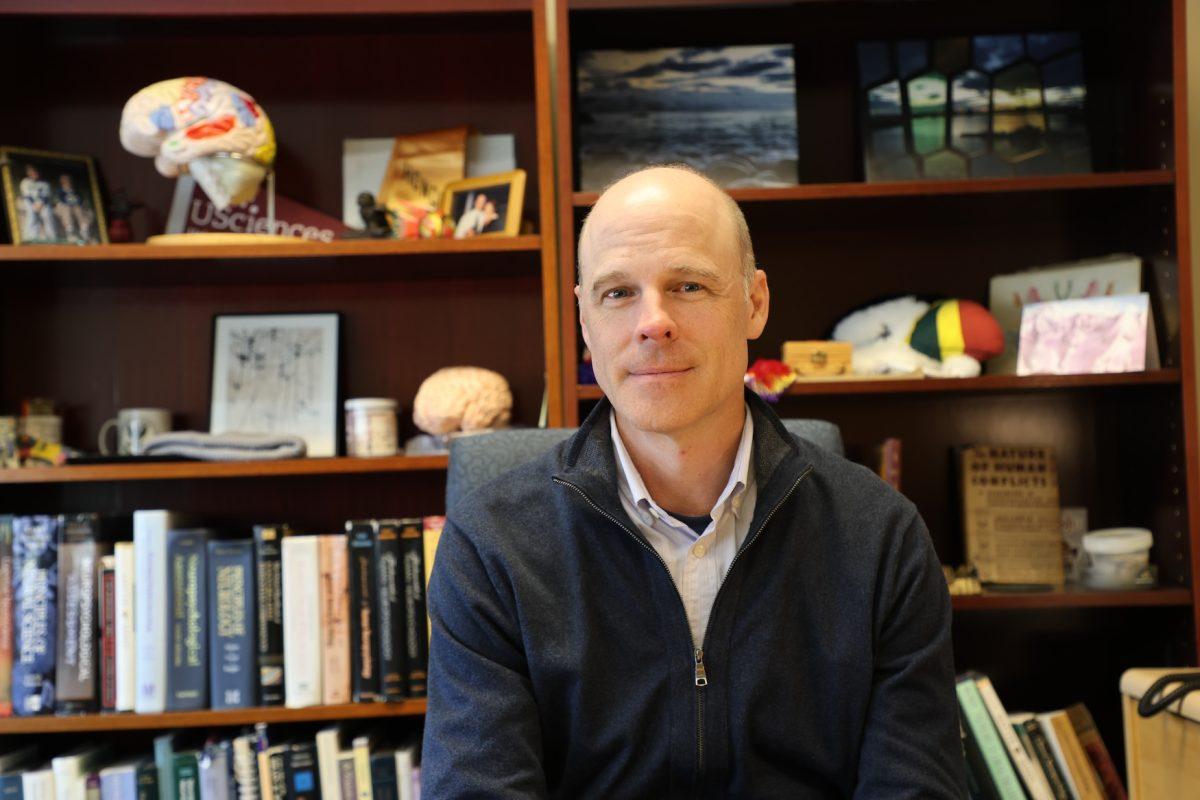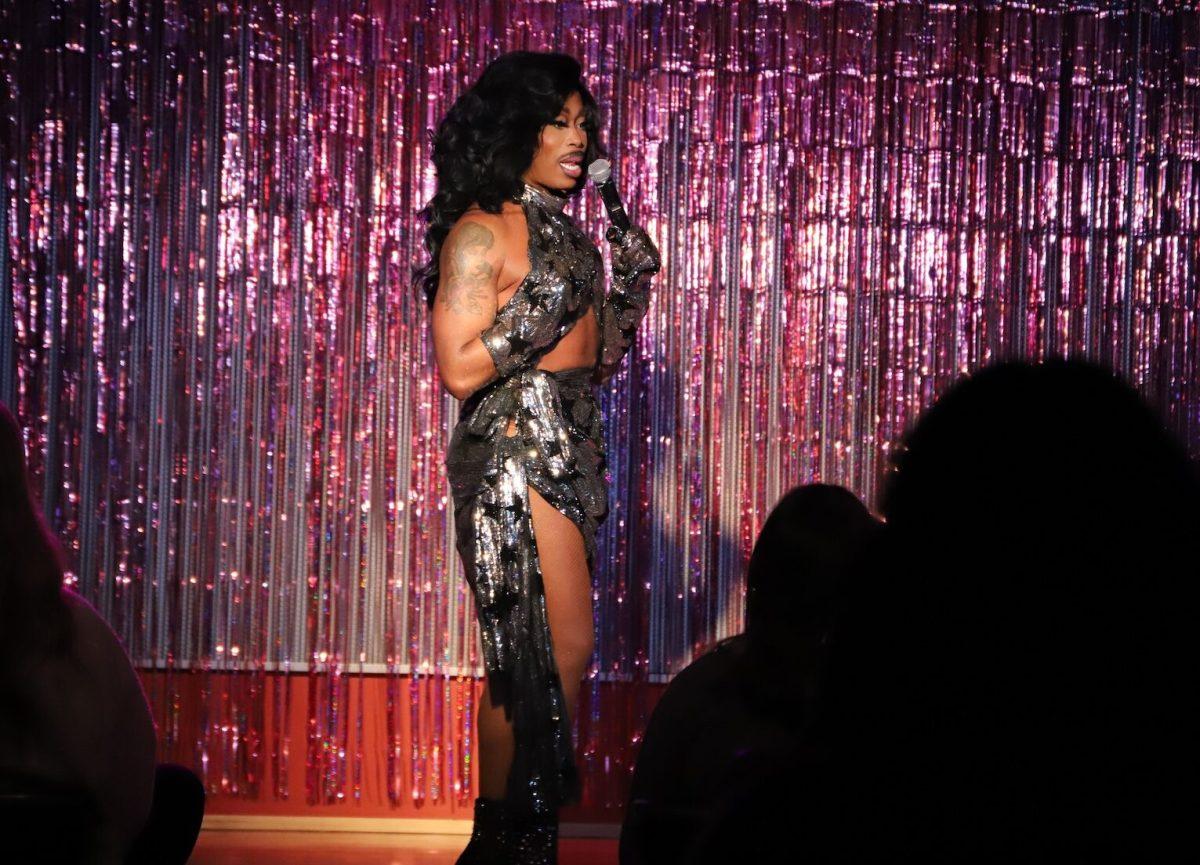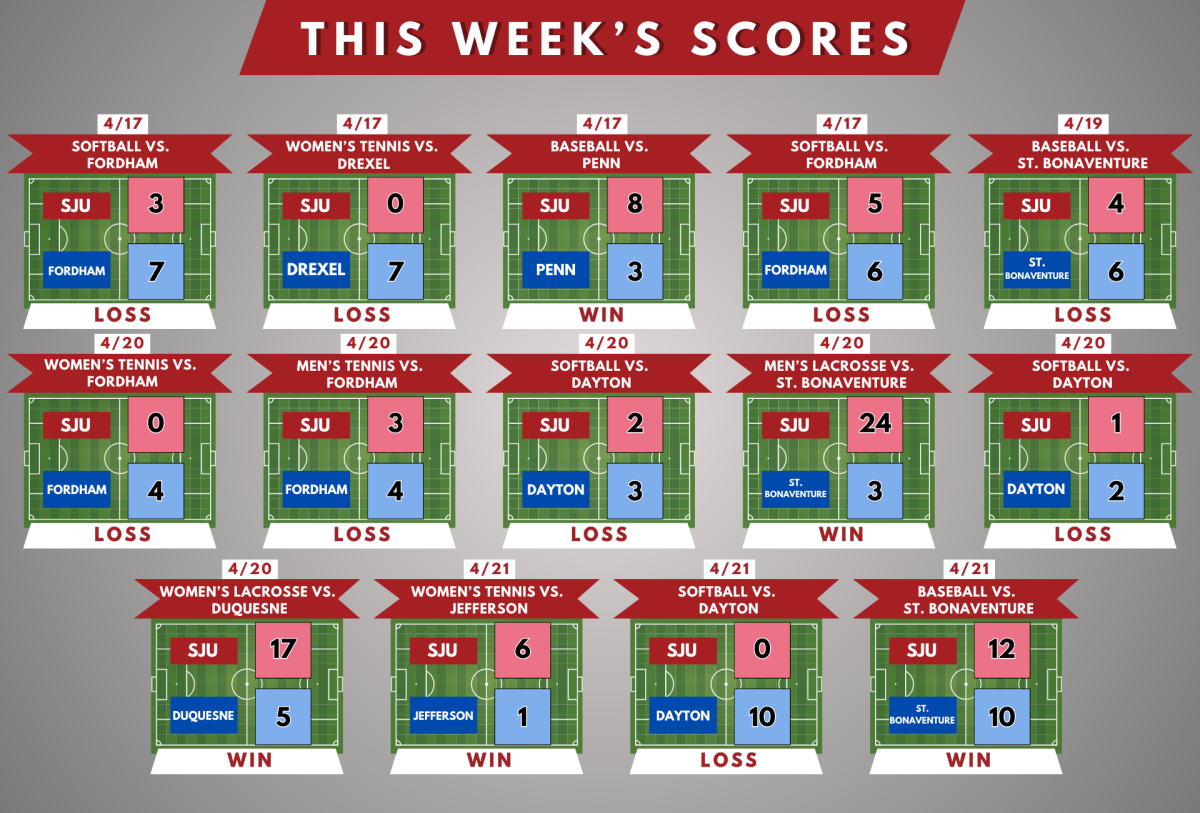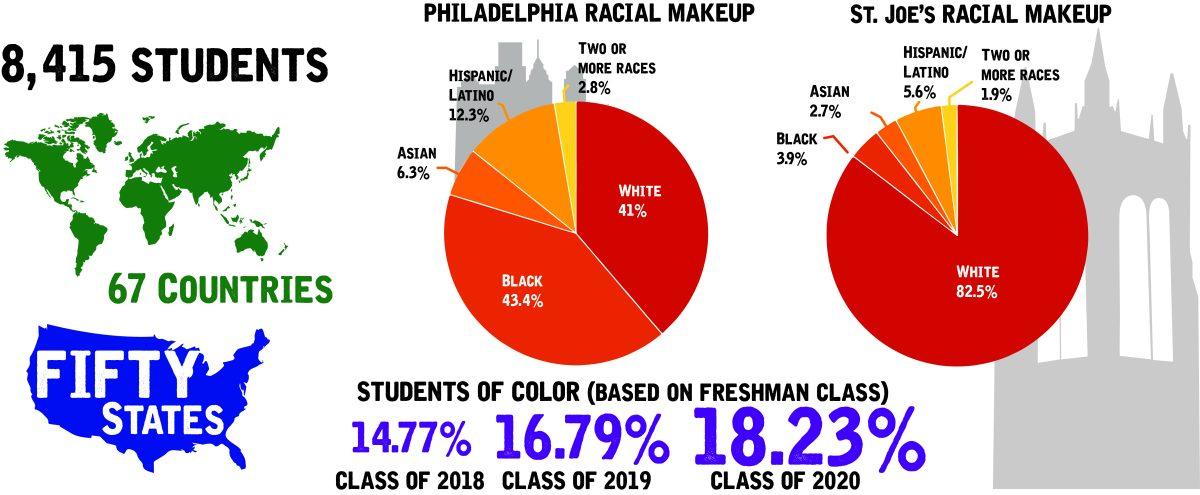Students call for more socioeconomic diversity
The New York Times published an article on Jan. 18, titled: “Some Colleges Have More Students From the Top 1 Percent Than the Bottom 60. Find Yours.” This article listed Saint Joseph’s University at slot number 59 of many other schools, stating that 8.8 percent of students of Saint Joseph’s University who graduated in 2013 came from the top one percent, from a family income of more than $630 thousand a year. The piece also stated that 11.6 percent of students who graduated from St. Joe’s in 2013 came from families with an income of less than $65 thousand, from the bottom 60 percent.
In terms of mobility, according to The New York Times, 9.4 percent of the same group of students after graduation moved up two or more income quintiles at St Joe’s.
Social mobility, though, is dependent on many factors, including one’s success rate within the social sphere and the kind of economic diversity represented by the institution.
“In our current enrollment [at Saint Joseph’s University] we have 67 countries and all 50 states represented, including grad,” said Robert McBride, associate provost for Enrollment Management.
There are 8,415 students currently enrolled at St. Joe’s with a 78.1 percent acceptance rate, according to the university’s Facts and Figures page, available to the public online. Although a variety of countries and states are represented at the institution, McBride stated that the majority of the freshman class come from six specific states in particular.
“The majority of the freshman class is coming from Pennsylvania, New Jersey, Maryland, Delaware, New York, and Connecticut; about 90 percent of our freshman class comes from there,” McBride said.
The freshman class, which is used to track all of the university’s socioeconomic data, is represented with only 18.23 percent of students being of color, according to McBride,
“That [18.23 percent] was up from the previous year, where it was 16.79,” McBride says. “The year before that it was 14.77 [percent]. So it has increased in the last few years.”
Although St. Joe’s racial diversity is increasing, some students aren’t seeing these numbers represented on campus. “When I’m outside of my classes I just mostly see white people,” Loralynn Ingreso, ’19, said.
82.5 percent of enrolled students are white, according to SJU Institutional Research of 2015.
“[When you] come to campus and you go to Campion [dining hall] and you look around, I can count four people out of at least 50 who are in here [Campion] that are not white, which kind of is disheartening,” said Megan Hennessy, ’18.
McBride said that one of the university’s goals is to move to a more racially diverse community.
“It’s one of our aspirations, to become more diverse,” McBride said. “We want a diverse community—we’re happy to see that number [of racial diversity] on the rise. I think [as a result of the increase] our classes have become stronger academically, as well.”
As for the financial background of students, The New York Times also released statistics for St. Joe’s class of 2013; the median parent income was $175,200.
For some students, this number seems accurate.

“I think regardless of race, most of us come from the same economic backgrounds,” Ingreso said. “My family still fits into the typical income of an average family who sends their kid to St. Joe’s.”
In terms of religion, though, students find disparity in the diversity on campus.
“I don’t know if Saint Joseph’s is necessarily, with religion and belief, as inclusive,” Hennessy said. “Of course that probably doesn’t go into acceptance or anything like that, but just an observation.”
McBride noted that many students do come from religious backgrounds—in fact,
many incoming freshmen come from private, Catholic institutions.
“29 percent of our most recent freshman class came from Catholic high schools and another 54 percent came from public high schools, and the rest is a mix of independent and charter schools and a few home-schooled individuals,” McBride said. “But [for] the vast majority, 54 percent are hailing from public high schools. There are [also] 17 Jesuit high schools represented in the freshman class.”
For Hennessy, who is passionate about service, the diversity she sees while serving in Philadelphia is not reflected on campus.
“[When we go to] service for Back on My Feet, you get kind of a taste for the ‘outside of campus life’ [in] Philadelphia since the facilitation where we go for service is in deep West Philadelphia,” Hennessy said. “The people who are part of the program and are walking around are very diverse; gender, race—age, even.”
In the city of Philadelphia, according to census data from 2010, whites or Caucasians represent 41 percent, blacks or African-Americans represent 43.4 percent, and Asians represent 6.3 percent of the city’s population.
“St. Joe’s doesn’t necessarily show the demographics of Philadelphia as a whole,” Hennessy said. “I see diversity when I walk around [on campus] but I don’t necessarily see an overwhelming amount of diversity, which is what Philadelphia is.”
In terms of social mobility, McBride said that St. Joe’s financial aid is doing the best it can to meet the needs of families. “We’re trying to help as many people as possible,” McBride said. “Which is better— do you help as many, or, do you more aggressively help one part of your freshman enrollment? I think a lot of our competitors have gone in another direction; aid fewer but help the smaller group more substantially.”
In fact, 96 percent of this year’s freshman received some type of aid from the institution, according to McBride.
“[With] The New York Times piece, you know, I get it,” McBride said. “But I think St. Joe’s practice, and our strategy has been to help as many families as we possibly can. I think more and more we’re going to be trying to more aggressively help families in need.”

